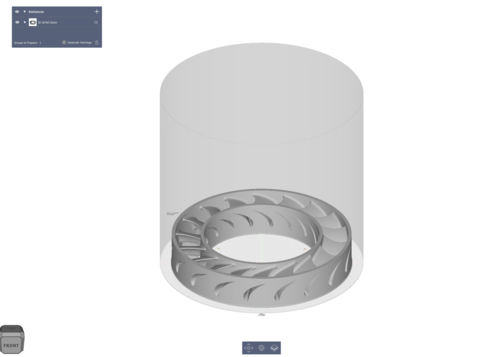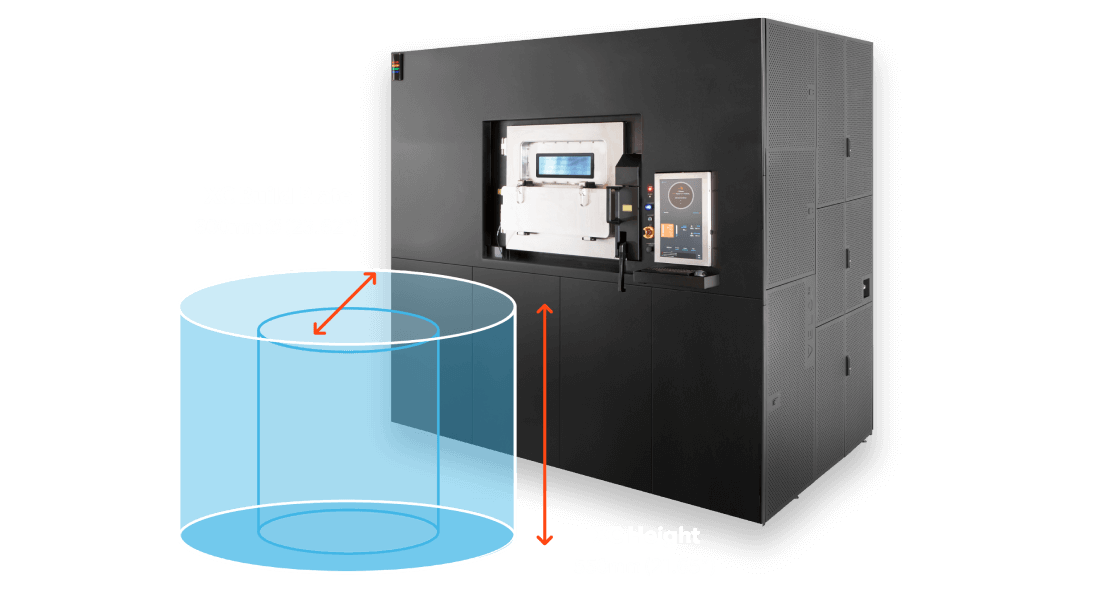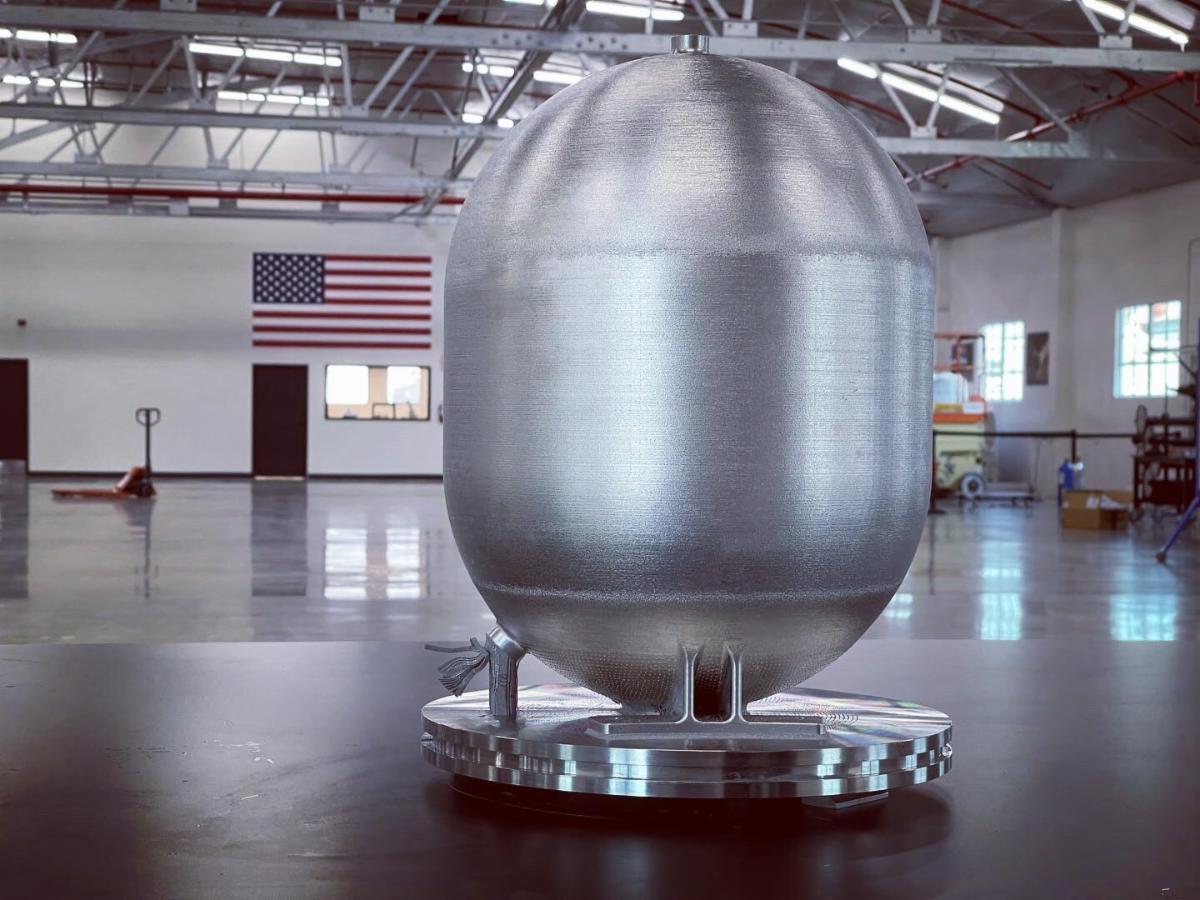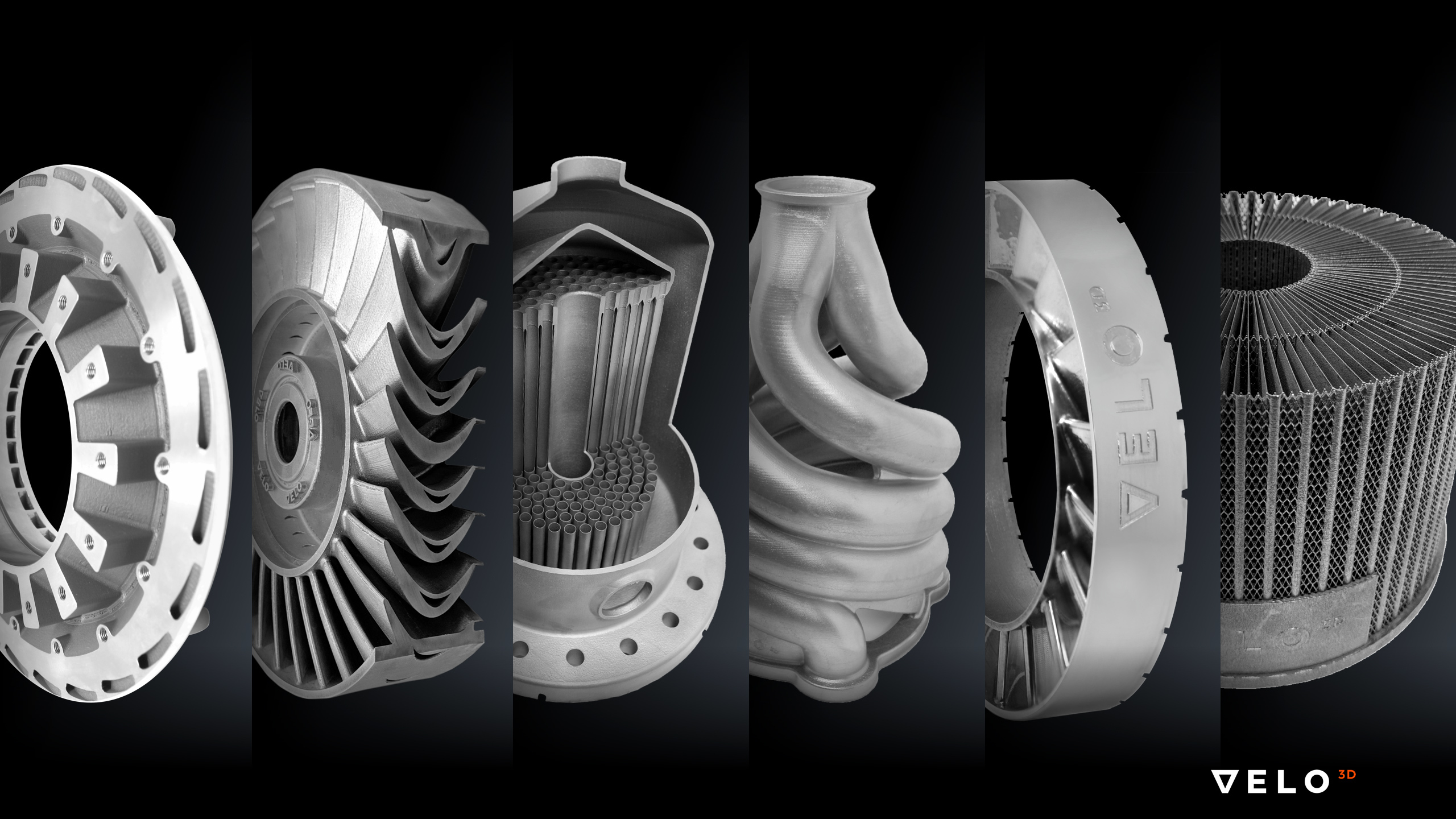Metal 3D printer manufacturer Velo3D has unveiled the latest version of its Flow print preparation software.
Flow 3.0 enables the print preparation of larger models of parts that can be manufactured on its Sapphire XC 3D printer, which is capable of producing parts up to 400 percent larger than the firm’s Sapphire model.
“By providing an end-to-end solution we are able to let engineers focus on building the mission-critical parts they need,” said Daniel Russel, Velo3D Director of Engineering. “The 3.0 release brings support for the sorts of large models that can be printed on the Sapphire XC, warnings and guidance to customers during build preparation, along with tools for managing build preparation on clusters, Amazon Web Services, and many other improvements.
“The initial feedback we’ve heard from our customers has been very positive.”

Increased demand for Sapphire 3D printers
Velo3D recently announced its revenue soared by 55 percent in Q4 2021 amid rapidly rising demand for its Sapphire systems. The firm, which went public on the NYSE in September 2021, completed a record eight installations of its machines over the quarter, including one of its new Sapphire XC printers.
Originally launched in 2018, the Sapphire is Velo3D’s flagship machine, equipped with a patented support-free process that enables engineers to produce parts with large overhangs without supports. The PBF system is capable of fabricating production-grade titanium, Inconel, and aluminum parts which have applications primarily within the aerospace and energy industries.
The Sapphire XC was launched towards the end of 2020, offering a significantly larger build volume than its predecessor alongside cost-per-part reductions of up to 75 percent. The machine is kitted out with eight 1kW lasers to maximize productivity on multi-part builds and has been fully integrated with Velo3D’s proprietary Flow pre-print software and Assure quality control software.

Print preparation with Flow 3.0
Velo3D’s Flow print preparation software eliminates the need for Design for Additive Manufacturing (DfAM) by allowing engineers to simply upload a traditional CAD file of the part they wish to print. Users can then freely design the mission-critical parts they want and print them with precision.
The latest version of the firm’s Flow software, Flow 3.0, is designed to support larger models of parts on the Sapphire XC system. The software supports the scheduling of additional lasers to maximize the efficiency (98 percent) of the machine’s eight 1kW lasers and increase productivity by up to five times that of the original Sapphire printer.
“When we are building new features into Flow we aim to simplify the experience for engineers who want to create parts using our additive manufacturing technology,” said Victorien Menier, Senior Software Engineer at Velo3D.

Leveraging a generalized set of recipes, Flow 3.0 precisely prescribes and simulates the layer-by-layer build for the desired part. The software’s composer detects geometric features from the CAD file and applies the corresponding process to produce the desired part. The software also uses information from previous layers to inform the print strategy for subsequent layers in order to achieve better part quality.
The latest iteration of Flow is capable of reliably generating and utilizing meshes of models containing up to hundreds of millions of triangles through offloading the computation of larger files to Amazon Web Services. To this end, a customer can send a CAD file and receive back a compacted file that can be used on reportedly any printer to build the part.
“Our team is extremely proud of all that Flow 3.0 has achieved throughout the beta period,” added Menier. “The revised scheduling rules make it so Sapphire XC can reach 98 percent efficiency with its eight lasers, which is a big contributor to its ability to achieve a 5x improvement in performance.”

Subscribe to the 3D Printing Industry newsletter for the latest news in additive manufacturing. You can also stay connected by following us on Twitter and liking us on Facebook.
Looking for a career in additive manufacturing? Visit 3D Printing Jobs for a selection of roles in the industry.
Subscribe to our YouTube channel for the latest 3D printing video shorts, reviews, and webinar replays.
Featured image shows Flow 3.0 can process models of parts that are significantly larger to support the Sapphire XC’s increased build volume. This impeller is approximately 600mm in diameter. Image via Business Wire.


